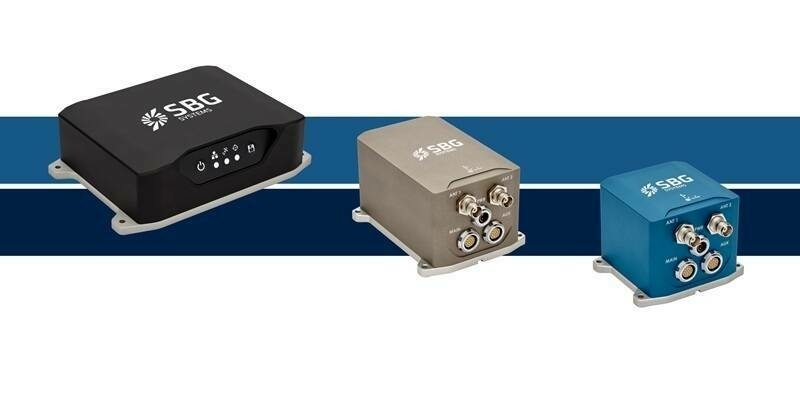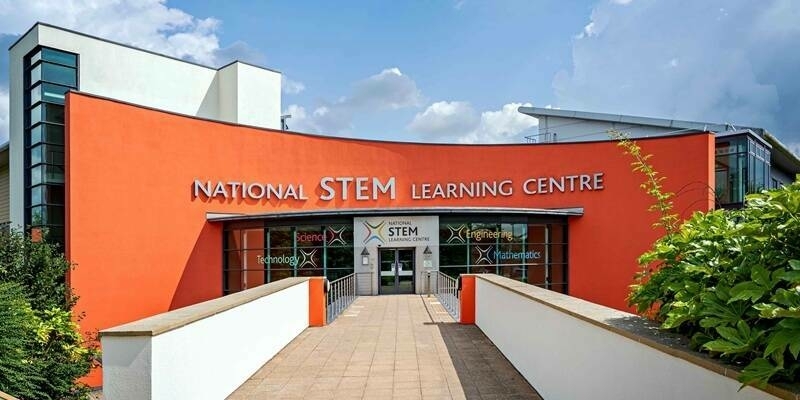Vienna (AIT). According to UN forecasts, around 70 percent of the world's population will live in cities by 2030. The challenges of sustainable energy supply, urban planning and mobility for urban regions and metropolitan areas are huge. Cities in Asia and Africa are growing particularly quickly, but Europe, too, must manage the increasing concentration of urban spaces. AIT Austrian Institute of Technology is positioning itself as a strong partner to business and the public sector in this field to develop solutions for tomorrow's smart and resilient cities.
AIT will showcase its services at Smart City Expo World Congress, the world's largest and most important congress in the field. Representatives from business, public administration and research from over 120 countries will meet in Barcelona from 13 to 15 November to address major challenges for the smart, responsive, future-proof and resilient cities of the future.
Innovative mobility solutions
Mobility is an essential element of tomorrow's smart city. AIT has developed a broad spectrum of tools to create sustainable, affordable and efficient mobility systems for tomorrow's cities. “One vital aspect here is to record, analyse and simulate human mobility behaviour. We also need to assess and evaluate the effect of planned measures on individual infrastructures or the entire transport system,” explains mobility expert Volker Alberts from AIT’s Center for Mobility Systems.
Smartphone app as future e-ticketing solution
“The tools and technologies developed at the Center for Mobility Systems help to answer these questions and support transport planning and policy decision-making,” says Alberts.
For example, the experts at AIT use smartphones to automatically record the routes people take and their means of transport. This data can then be used for quick and simple mobility surveys, automatically calculating travel times, and especially for innovative Be-In/Be-Out ticketing systems.
AIT also offers tailor-made, scalable solutions for the simulation, analysis and optimization of pedestrian flows for safe infrastructures, reliable wayfinding, planning certainty and customer convenience. These include evacuation scenarios for buildings or public places, new approaches in the design of public transport vehicles and stations as well as the optimization of customer flows in shopping malls.
Digital know-how for urban planning and management
Modelling and simulating urban development and infrastructure are used to analyse city growth patterns to determine future infrastructure investment needs and to estimate costs. “We at AIT address urban challenges by asking the right questions to understand the challenges and identify the most relevant areas. Based on this, we design an appropriate strategy and process for and together with clients and develop tailored solutions embedded in urban planning and management. The unconventional and robust solutions are finally implemented and sophisticated monitoring methods put in place to measure their success,” explains urban planning expert from AIT’s Center for Energy, Nikolas Neubert. AIT services and methods are in demand worldwide, as illustrated by projects implemented across the globe, including China, Singapore, Ethiopia and Argentina.
Rapid prototyping
One such method is to use artificial intelligence for Rapid Prototyping, allowing complex development scenarios for cities or new districts to be developed, implemented and integrated into existing concepts. Nikolas Neubert: “Our focus lies on exploiting the vast quantities of urban data available by integrating them into city planning and decision-making processes. This allows us to offer high-quality consulting services for the smart and resilient cities of tomorrow.”
Digital urban planning tools as well as establishing sustainable and liveable urban areas called Positive-Energy-Districts are key to deliver an urban contribution to the climate and energy targets. Positive-Energy-Districts have a strong focus on technological, spatial, environmental and social perspectives. In addition PEDs produce more energy than they consume. At the trade fair, the Austrian Ministry for Transport, Innovation and Technology together with AIT is inviting to the Workshop “Towards Positive-Energy-Districts“ scheduled on Nov. 13, at 15:00 and hosted by the funding programme “City of Tomorrow”.
Smart City Expo World Congress 2018
13 to 15 November 2018
Gran Via Venue, Hall 2, Stand B290
Further Information: http://www.smartcityexpo.com/
AIT Austrian Institute of Technology
The AIT Austrian Institute of Technology is Austria’s largest non-university research institute. With its eight Centers, AIT regards itself as a highly specialised research and development partner for industry. Its researchers focus on the key infrastructure issues of the future: Energy, Health & Bioresources, Digital Safety & Security, Vision, Automation & Control, Mobility Systems, Low-Emission Transport, Technology Experience and Innovation Systems & Policy. Throughout the whole of Austria – in particular at the main locations Wien Giefinggasse, Seibersdorf, Wiener Neustadt, Ranshofen and Leoben – around 1,300 employees carry out research on the development of those tools, technologies and solutions that will keep Austria’s economy fit for the future in line with our motto “Tomorrow Today”.
Subscribe to our newsletter
Stay updated on the latest technology, innovation product arrivals and exciting offers to your inbox.
Newsletter

